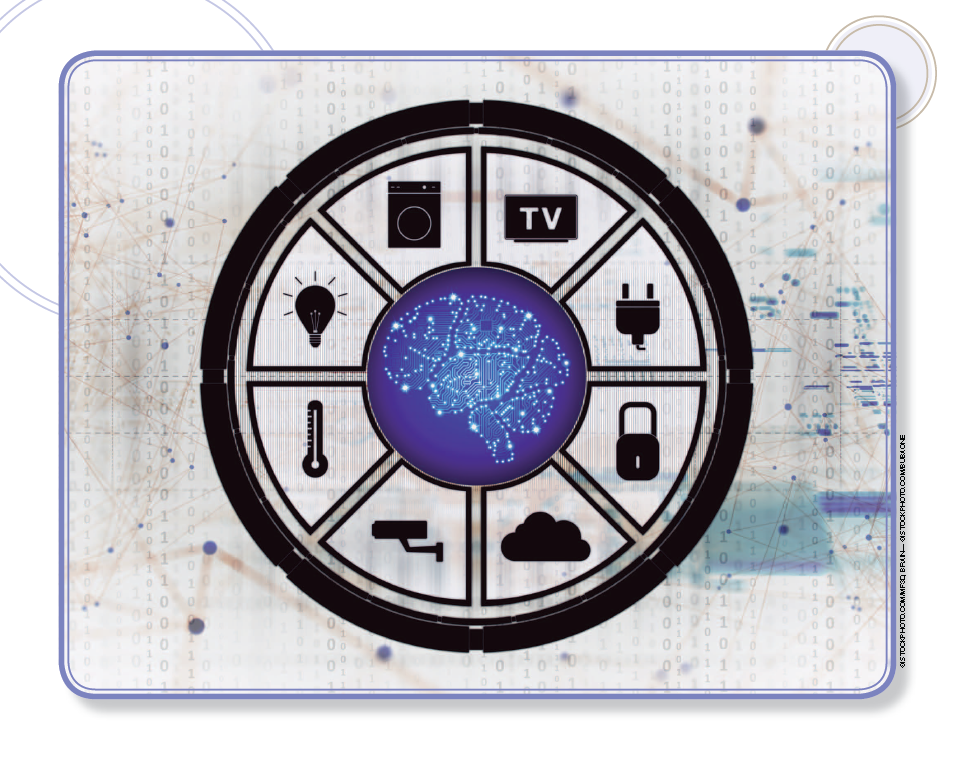What Should We Learn? Special Issue on Smart Consumer Electronics Systems

Smart CE systems (or, simplistically, smart electronic systems) are envisioned to be energy, security, and response smart. These three aspects and the design tradeoffs among them are the key for next-generation CE. Energy smart ensures minimal energy consumption that allows longer battery life and smaller energy bills. Security smart deals with the security, privacy, or protection of CE systems as well as that of the data or media that these systems capture, process, or store. Response smart refers to accurate sensing, intelligent processing to gather knowledge or information from the data, and fast actuation or response based on the information. Optimal combinations of hardware and software modules need to be explored for energy, security, and response smartness of electronic systems.
From the hardware perspective, a typical electronic system is an analog/mixed-signal system on a chip (AMS-SoC) containing analog, communications, digital, radiofrequency, memory, sensors, and energy-source components as well as firmware, system software, middleware, and application software. We are in an era of smart environments such as smart cities, homes, health care, and transport systems that are combinations of cyberphysical systems (CPSs) realized using the IoT and working collectively to provide intelligence or smartness. As a result, to pursue the efficient realization of smart electronics, the IoT, CPSs, and smart environments, there is a need to research new hardware, firmware, middleware, and software facets that will interact with one other. This IEEE Potentials special issue makes an effort to bring this concept to the forefront.
The articles in the issue of IEEE Potentials were invited from selected established researchers and reviewed for quality. They include:
- “Power Supplies for Consumer Electronic Devices” discusses the power supplies that are needed in every power-driven CE system.
- “S-CHIRP: Securing Communications in Lightweight Peer-To-Peer Networks in the IoT” presents a protocol for secure communication for heterogeneous IoTs with round-robin protection.
- “A Neighbor Trust-Based Mechanism to Protect Mobile Networks” introduces a neighbor trust-based security scheme that prevents malicious attacks in a mobile ad hoc network.
- “Proof of Authentication: IoTFriendly Blockchains” presents a new consensus algorithm that can make it possible for blockchains to run in the IoT with minimal computational requirements.
- “Drones: Augmenting Our Quality of Life,” discusses drone technologies in terms of research opportunities, and the article demonstrates, through case studies, the implications of social, economic, and scientific impacts.
- “A Method for Localizing the Eye Pupil for Point-of-Gaze Estimation” presents a method to estimate the point of gaze on a screen by implementing nonintrusive eye tracking that can be used for fatigue detection and attention tracking. As a result, it has diverse applications, such as in smart cars and smart health care.
- “E-Marketing via Augmented Reality: A Case Study in the Tourism and Hospitality Industry,” focuses on the use of augmented reality in e-marketing with an emphasis on the hospitality and tourism industry.

